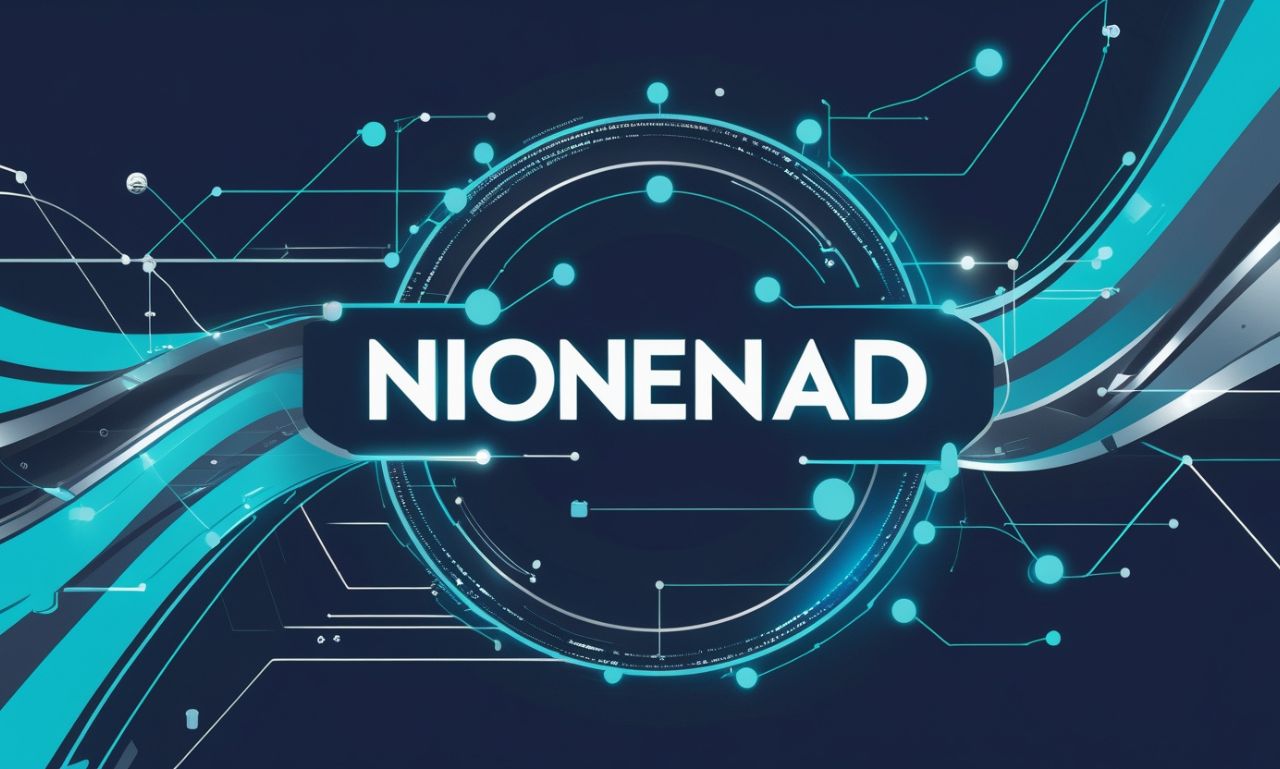“Gayfirir” is a newly emerging term gaining traction in certain online and cultural spaces. Though its exact origin is debated, the word is increasingly used to describe fluid identity, self-expression, and belonging beyond rigid labels. backinsights+2Tech Magazine+2
This article offers a fresh, up-to-date exploration of gayfirir: what it means, how it’s used, why it matters, and what the challenges and opportunities are for this shifting concept.
What Is Gayfirir? Meaning and Roots
Gayfirir: fluid identity beyond binary labels
At its core, gayfirir describes individuals who embrace a flexible sexual orientation, gender expression, or identity that resists fixed, binary definitions. backinsights+1 Some see it as a hybrid of queer identity, personal freedom, and creative self-labeling. Tech Magazine+1
Because the term is not locked into one meaning, people often interpret gayfirir differently—some emphasize attraction, others emphasize aesthetic or social alignment, and still others treat it as poetic or metaphorical.
Origins and linguistic evolution Gay-firir
The etymology of gayfirir is uncertain. There is little evidence of it in traditional dictionaries or lexicons. It seems to have emerged through digital culture, colloquial speech, and creative communities. Tech Magazine+2Vents Magazine+2
Its evolution mirrors how many modern identity terms evolve—coined in online spaces, shared through social media, then gradually entering broader discourse. Ragdoll Living+2Techsslash+2
Why Gayfirir Matters in Today’s Culture
Gayfirir and cultural identity
Gayfirir offers a way for people to claim belonging without conforming to fixed categories. It allows someone to exist within cultural or familial frameworks while also carving out personal space for identity and expression. Study Ar+1
In many communities, especially ones with strong social or religious norms, having a flexible self-term like gay-firir can help navigate tensions between tradition and individual selfhood.
Gayfirir as linguistic and symbolic innovation
Terms like gayfirir reflect how language adapts to lived experience. As people push boundaries of identity and belonging, new words emerge to express what older words can’t capture. Vents Magazine+1
Gayfirir’s symbolic strength lies in its ambiguity—it invites interpretation, personal meaning, and adaptation rather than prescribing a single definition.
Gayfirir Online presence and community building
Because gayfirir is relatively new, much of its life is online. Individuals coin sentences, memes, posts, and art around it. This helps people experimenting with identity find resonance and connection. Ragdoll Living+2backinsights+2
Over time, hashtags, forums, and creative spaces may solidify certain uses, even as the term remains fluid.
How Gayfirir Appears in Expression
In speech and writing
People may use gayfirir to describe themselves (“I feel gay-firir”) or to refer to others (“they are gayfirir”). Because it’s new, many users clarify what they mean in context—whether they mean fluid attraction, identity, or feeling.
Examples:
-
“When I talk about my orientation, I lean gayfirir rather than strictly gay or bi.”
-
“I decorate my aesthetic to reflect that sense of gayfirir—neither this nor that, but in between.”
In media, art, and pop culture
Creative works—poetry, music, visual art—are fertile ground for . Because the term is abstract, artists can imbue it with mood, metaphor, and variation. Study Ar+1
Over time, references to gayfirir might appear in songs, TV characters, or fashion editorials—especially within queer or progressive cultural spaces.
In identity and self-labeling
For someone adopting gayfirir, the term may serve as a personal tool: a way to explain internal experience, initiate dialogue, or resist rigid identity boxes.
Because it’s not mainstream, adopting gayfirir often comes with explanation. But that explanation becomes part of the identity work—defining, negotiating, and sharing what it means to each person.
Challenges and Tensions Around Gay-firir
Ambiguity and misunderstanding
Because gayfirir is new and loosely defined, misunderstandings are common. People may misinterpret someone’s meaning or assume a uniform definition. Vents Magazine+1
This ambiguity can also lead critics to dismiss gayfirir as a fad or as lacking substance—especially in communities that value clear terminology.
Visibility, acceptance, and backlash
Like many emerging identity terms, gayfirir may face resistance in conservative or traditional spaces. Some might view it as “too new,” “too vague,” or threatening to expected norms.
Individuals identifying with gayfirir may also struggle for recognition: from family, institutions, even from within broader LGBTQ+ spaces where established labels dominate.
Risk of commodification
As gayfirir gains visibility, there’s a risk it becomes commodified—used as a branding mark or trend rather than a lived identity. That could strip it of its personal or political power.
Inclusivity vs. gatekeeping
Because gayfirir is fluid, some may question whether certain expressions count as gay-firir or not, creating internal debates or gatekeeping. A balance must be struck: honoring personal meaning without policing others.
Supporting Gayfirir Respectfully
Listen and ask
If someone describes themselves as gay-firir, the best approach is to listen and ask gently: “What does that word feel like for you?” That allows personal meaning to emerge.
Use inclusive, open language
Avoid making assumptions or applying rigid definitions. Use language that allows space (e.g. “they identify as gay-firir,” “their expression feels gay-firir”) rather than forcing them into older labels.
Celebrate diversity, don’t tokenize
Recognize that gay-firir is one among many identities. Elevate voices, stories, and experiences rather than reducing them to novelty.
Education and awareness
In public dialogues, explain gay-firir alongside other identity terms. Contextualize it historically and culturally to reduce confusion.
The Future of Gayfirir
Growth, adaptation, and standardization
Over time, gay-firir may develop more stable sub-definitions or variants, as communities refine and negotiate meaning. But part of its vitality may come precisely from resisting full standardization.
Bridging identity conversations
Gay-firir could act as a bridge term—connecting people who feel unrepresented by existing labels and fostering conversations across identity lines.
From niche to mainstream
If gayfirir continues to gain traction in media, academia, and public discourse, it may enter dictionaries, scholarly work, and broader social awareness.
Challenge and opportunity
The ongoing challenge is maintaining the term’s openness, resisting reduction to trend, and protecting its meaning from misinterpretation or co-option. The opportunity is that gay-firir offers a new kind of language for identity—one rooted in fluidity, creativity, and self-determination.
Conclusion
Gayfirir is a fresh, evolving concept in identity and expression. It offers a path beyond rigid labels, inviting people to define themselves in more flexible, creative ways. Its ambiguity is a feature, not a bug—providing space for personal meaning, cultural innovation, and community dialogue.
As more people adopt, reshape, or respond to gay-firir, its meaning will continue to shift. The strength of the term lies not in a single fixed definition, but in its capacity to hold multiple truths. Whether you see gay-firir as a poetic assertion, a social movement, or a personal claim, it signals something new in how we think about identity, belonging, and expression.











